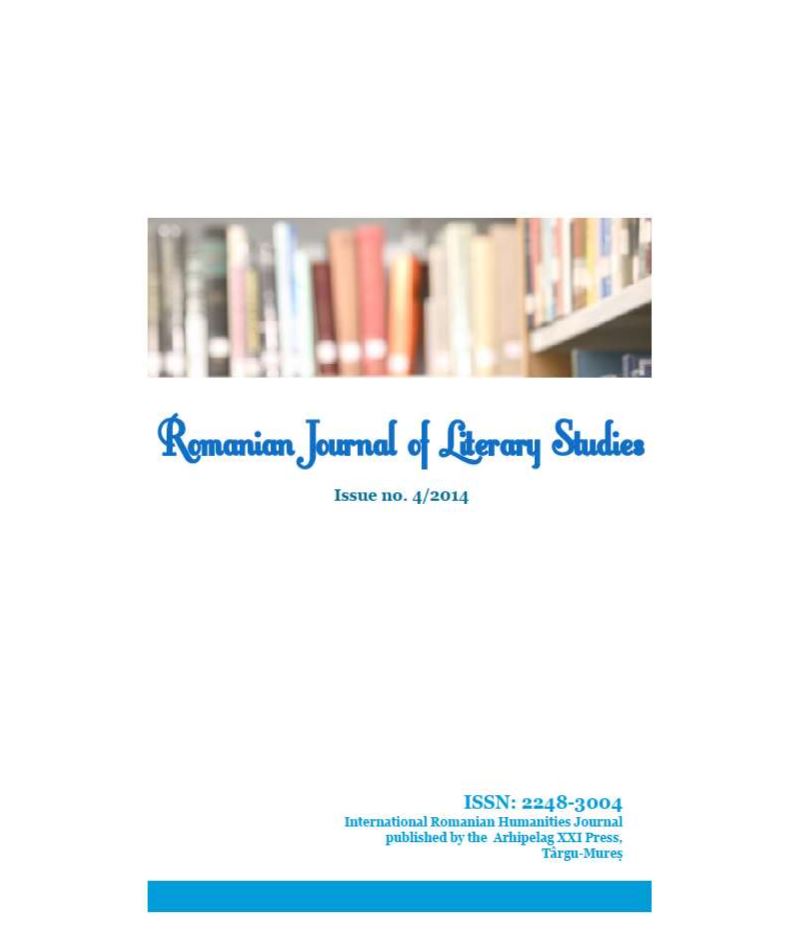CULTURE, LITERATURE AND ELITES AT THE WESTERN BORDER OF THE REUNITED ROMANIA. THE ”CELE TREI CRIȘURI” JOURNAL FROM ORADEA (1920-1940)
CULTURE, LITERATURE AND ELITES AT THE WESTERN BORDER OF THE REUNITED ROMANIA. THE ”CELE TREI CRIȘURI” JOURNAL FROM ORADEA (1920-1940)
Author(s): Radu RomînaşuSubject(s): Language and Literature Studies, Literary Texts
Published by: Editura Arhipelag XXI
Keywords: culture; inter war; associations; co-operation; literature
Summary/Abstract: The local authorities realized that after 1918 they had begun a new stage of the national history requiring a rapid connection of the Bihor county space – regarded from a political, social, economic and cultural point of view - to the realities of the Great Romania, and implicitly to the European ones. During the entire inter war period, the local authorities had to “burn the stages” of discrepancy as against the West in a fast rhythm so that the Bihor county’s Romanian society to reach a stage of development being in concordance with the time exigencies. Founded at the end of the 1919, the “Cele Trei Crişuri” Cultural Reunion aimed from the very beginning to enlighten the areas from the Western border of the country. The reunion was conscience about the importance of a cultural co-operation with the other similar societies and with the values of the minority cultures (especially that of Hungarian expression). Only under such circumstances they could gain the local spiritual aptitudes going to guarantee the success of the actions initiated to perform the enlightenment. During of the inter war period, the association of Oradea succeeded to materialize numerous cultural manifestations in the local civil society. They enjoyed the receptivity and appreciation of the Romanian society that was in a period of probing and re-orientation in social and cultural plan. By their means, the Reunion has involved itself in the action of spreading the enlightenment process at the Western border of the country; this initiative had a well defined place in the vast cultural program thought by the Romanian Unit National State. Thus, the Reunion attended to carry out an immediate contact with Europe, especially by means of the “Cele Trei Crişuri” review -, being already read in Rome, Paris, Berlin, Prague, Sophia and even on the American continent as a result of the co-operations concluded by the above mentioned reunion with the European cultural associations and institutions.
Journal: Journal of Romanian Literary Studies
- Issue Year: 2014
- Issue No: 04
- Page Range: 189-198
- Page Count: 10
- Language: Romanian

